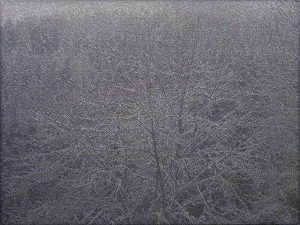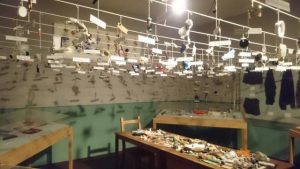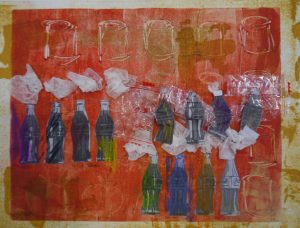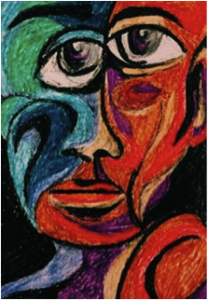I have found some of the Research and Communication skills challenging, especially task 7 as it has been a while since I have compared texts. However, overall it has been a useful way to document areas of interest in my work and to talk about my own and other people’s work, which has been useful in group crits.
Although I wasn’t pleased with my work in task 1 I like to be able to explain why I constructed my work the way I did, explain other ideas that I had and changes that I would make. Writing this down is very helpful to me as often I have lots of different thoughts unstructured in my head – writing them down helps me to make sense of them. It is also interesting to see how different my recent art is from the first task.
I enjoyed consuming a book, as I enjoy reading and it was a challenge to summarise the content of an entire book and also find a supporting quote. I then used the same artist in task 9 as I am really interested in Pipilotti Rist’s work and wanted to think more about the context of it. Reading the book has helped me in my own work, giving me inspiration and making me more interested in video and installation (which I continued to research in the Contemporary project).
I rarely write reviews of exhibitions, but think that this is a useful skill to have, so Task 4 was very interesting for me. I like the idea of having the blog so that I can remember what I thought about certain art pieces, exhibitions and my own artistic practice. Being given certain tasks, e.g. appropriation, seems daunting at first but has made me realise how much of the work that I create includes a form of appropriation.
The blog has been very useful in encouraging me to reflect on my own work and the work of others and look at different ways of working. I think I may continue writing similar short passages about my own and other people’s work or even just notes, to help me remember my thoughts later on.







